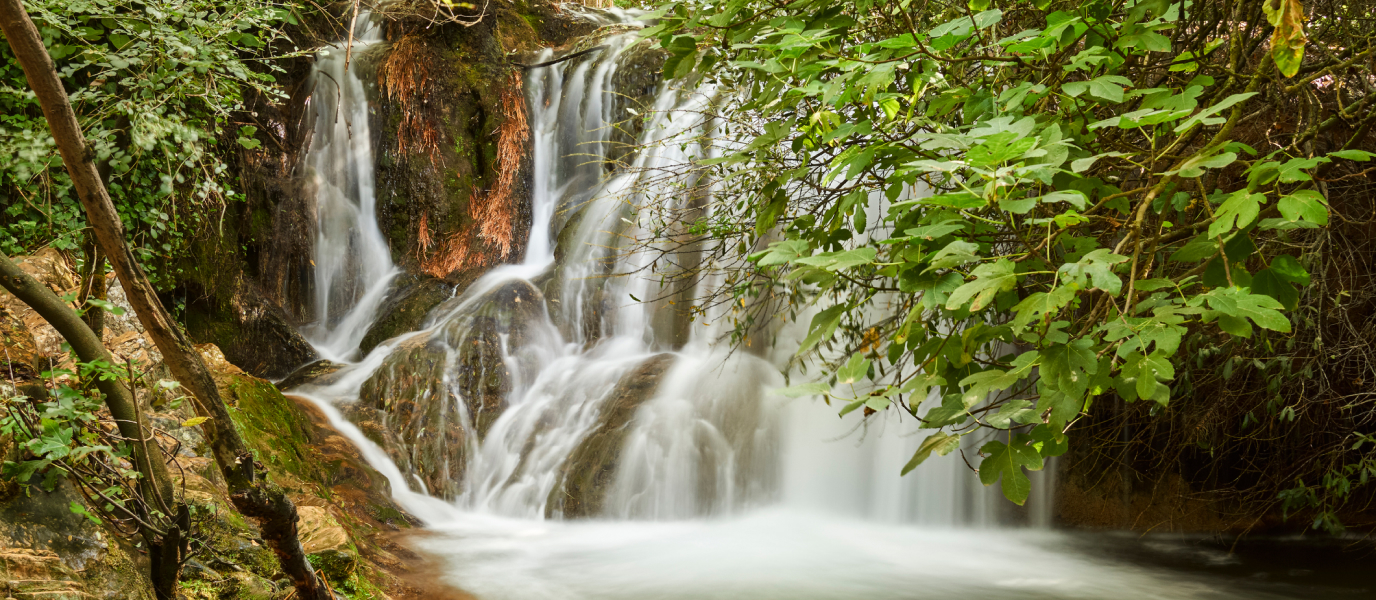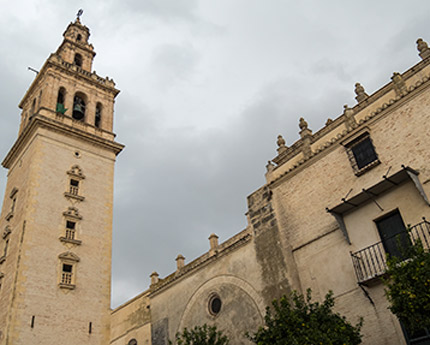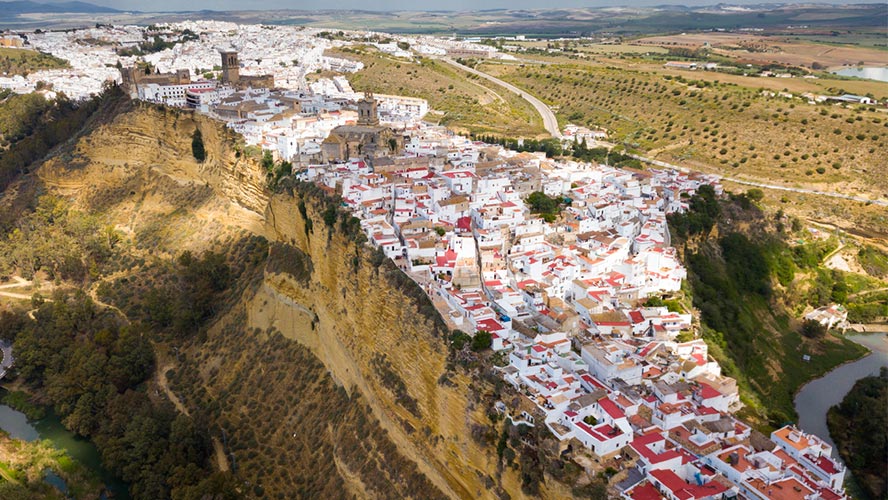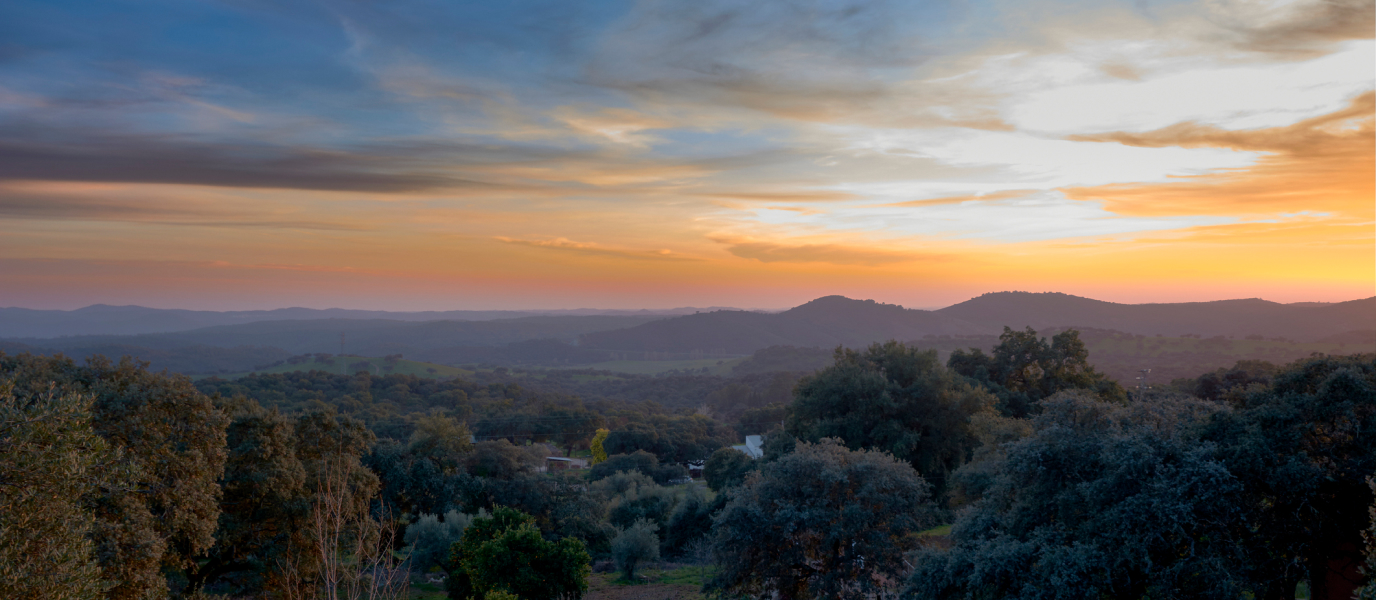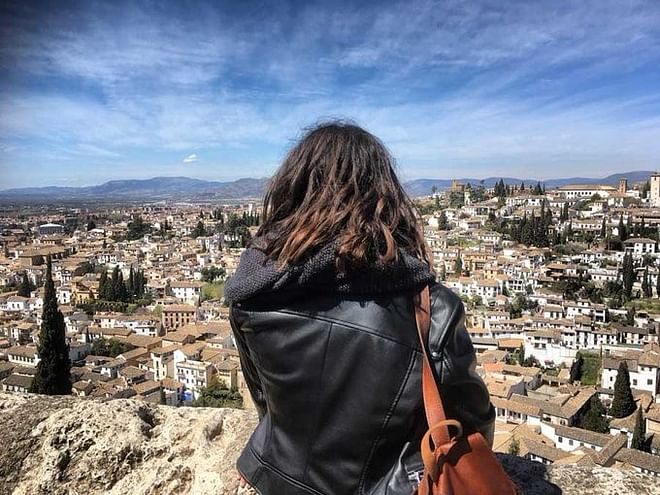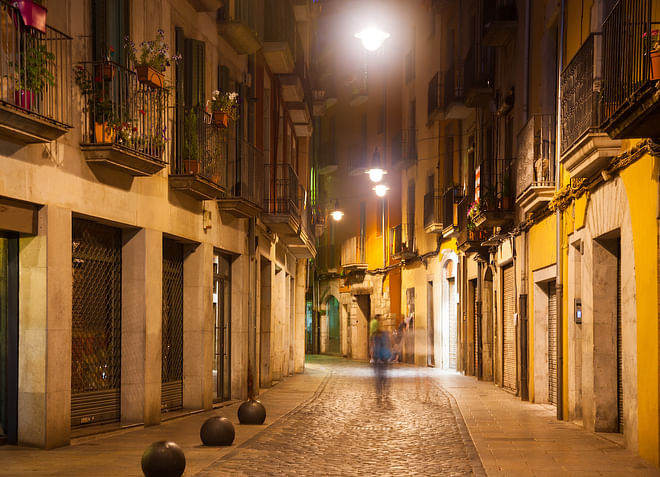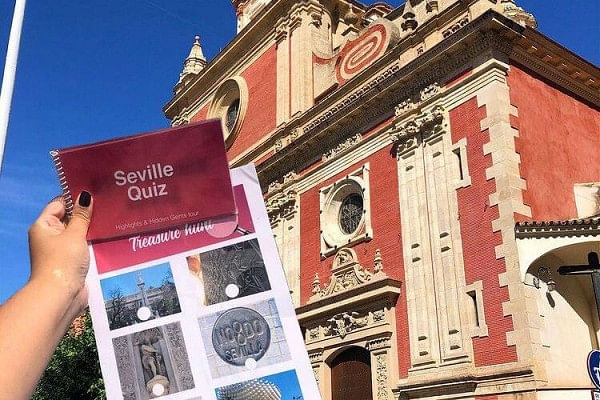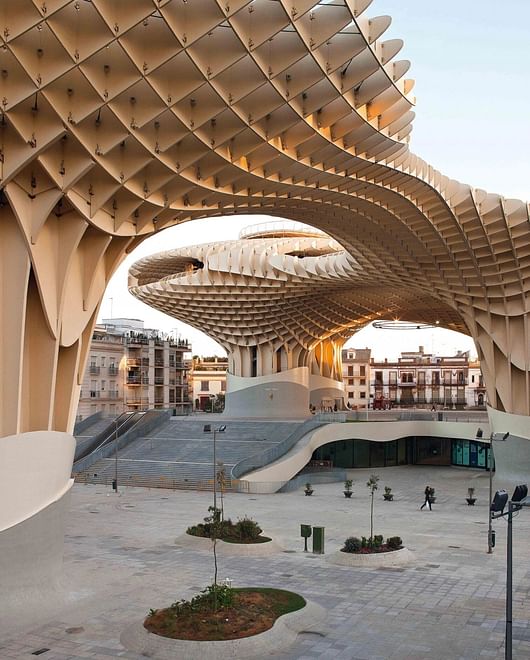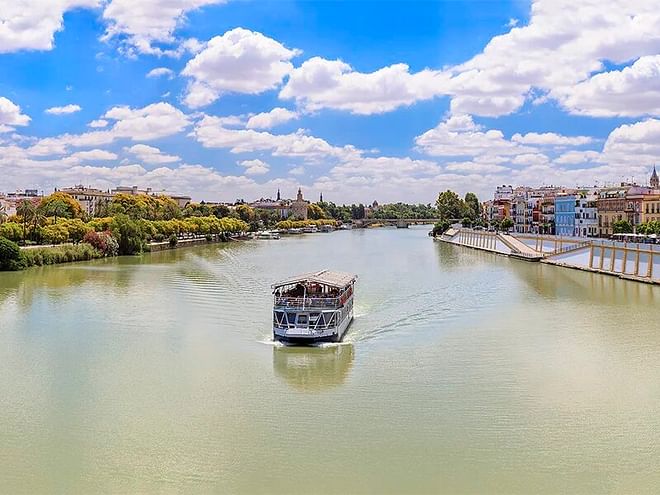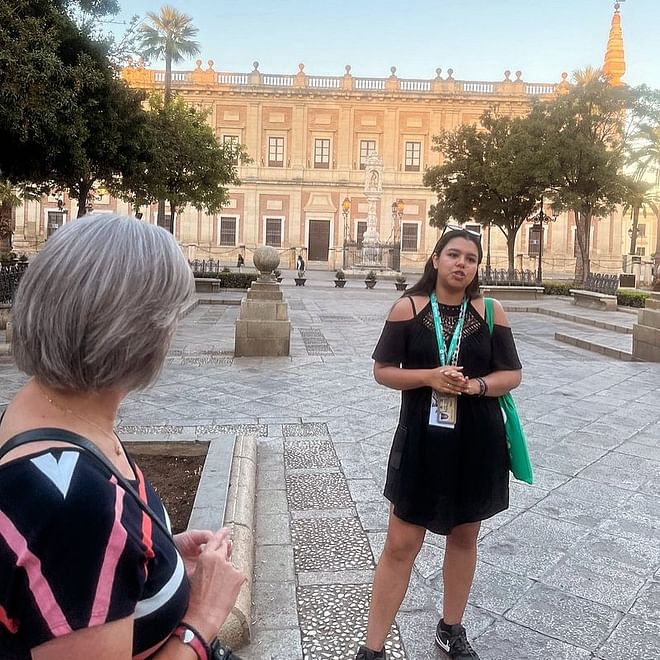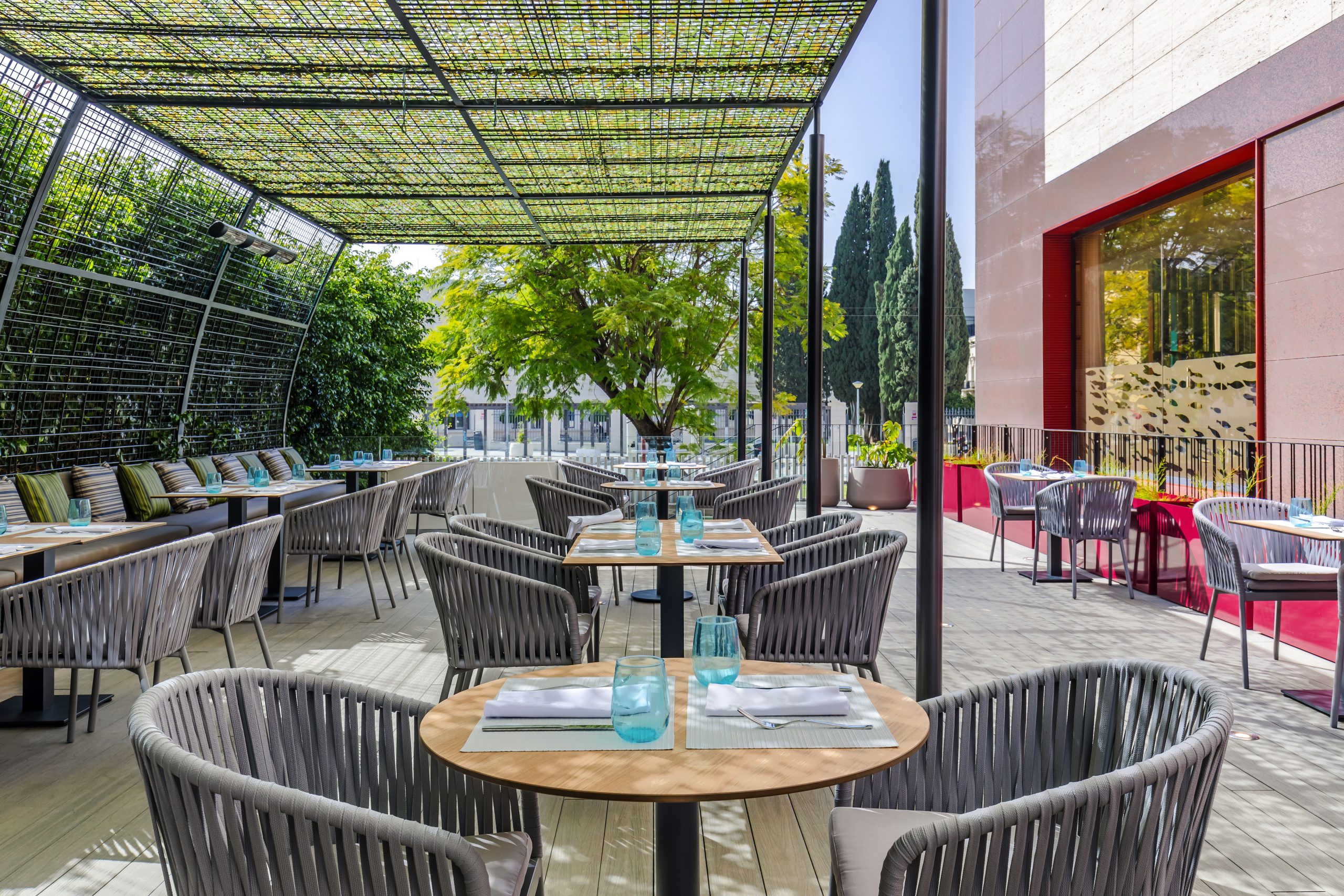The capital of Andalusia has a lot to offer: art, culture, gastronomy, historical heritage, leisure, shopping and more. And, if you add in the surrounding area, the possibilities are practically endless.
And it is precisely in the wonderful scenery surrounding the city of Seville, around 100 km to the north, where you will find Huéznar waterfalls. This magical place is made up of waterfalls, rock formations and pools surrounded by forest. An incredible natural landscape that was declared a Natural Monument in 2001.
So grab your backpack, picnic basket or whatever suits you best and get ready to enjoy a perfect day among elm, ash, willow and alder trees, soaking up this idyllic landscape and the enjoying the many possibilities that the area has to offer.
- Natural context: a rich and diverse landscape
- Planning your visit: how to get there, what to do…
- What to see in the area
- Trails for enjoying the nature
Natural context: a rich and diverse landscape
The Sierra Norte de Sevilla Natural Park – in the strip of the Sierra Morena that belongs to Seville province – is a protected space characterised, like much of the area, by holm and cork oak forests. The landscape is a place where the interaction between man and nature that has been going on for millennia is clearly visible. In the park small orchards and olive groves are interrupted by streams and lively watercourses that flow down the slopes, always in the direction of the great Guadalquivir river. Extensive pastures sit alongside farmland and small towns such as San Nicolás del Puerto, Alanís and Cazalla de la Sierra, among others, providing unique cultural nuances that dot this magical area.
Within this extraordinary Mediterranean landscape, as if making their way downstream, are Huéznar waterfalls. Formed by a type of rock known as river travertine or limestone tuffs (deposits of calcium carbonate on the riverbed’s organic matter), they consist of a string of waterfalls of different sizes, pools, platforms and rocky slides distributed in different ways between both banks.
The area is a fresh and cheerful natural spot in the middle of the forest. A landscape full of life in which different species of wildlife regularly congregate, such as the grey heron, the dipper, the kingfisher, the goshawk, the otter, the pond turtle and the trout.
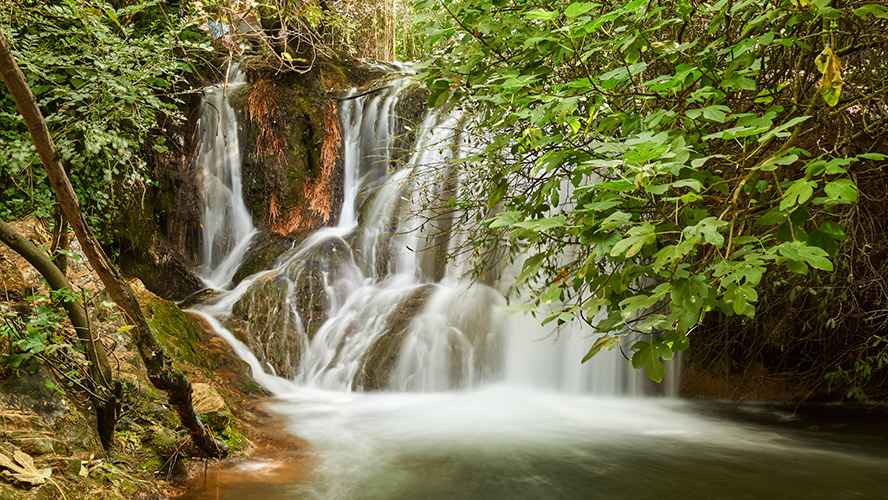
Planning your visit: how to get there, what to do…
Obviously, the easiest way to reach this secluded spot is by car. From the town of San Nicolás del Puerto, it is a couple of kilometres along the SE-7101 to the recreational area known as El Martinete, where you can park and, from there, access the waterfall area. From Seville, the journey takes just over an hour and a half via the A-4 and the A-455 to San Nicolás del Puerto.
Another great option for reaching the Cascadas del Huéznar is via the various rural paths that cross the area, either by foot or by bike. The Sierra Norte greenway and the Santiago path, known as the La Frontera path, which traverses Seville province from Pruna to Guadalcanal, are just a couple of examples.
Once at the natural monument, different trails take you to the waterfalls. What’s more, both at El Martinete restaurant and in the picnic area you can have a bite or a drink while enjoying the surroundings. However, a key point to bear in mind for visitors to this wonderful spot is that bathing is prohibited at Huéznar waterfalls. Only the so-called San Nicolás beach, upstream (on one side of the village), is open for a refreshing dip, although only during the summer.
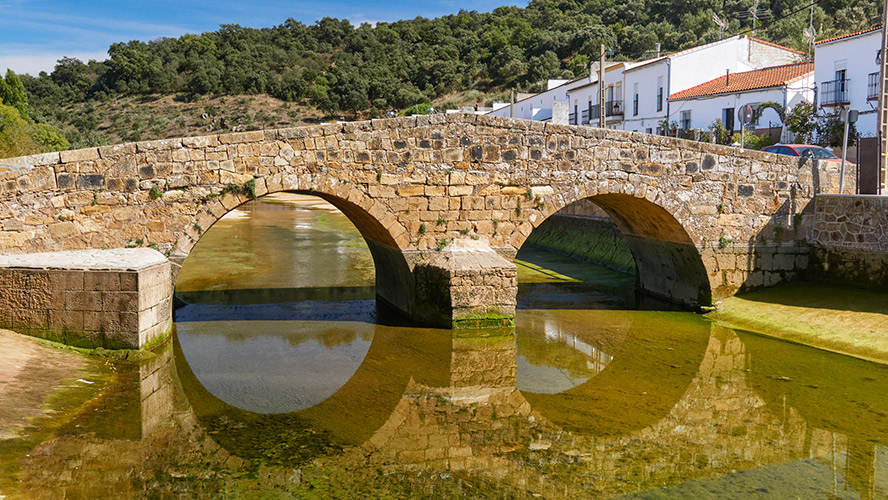
Qué ver en la zona
Of course, the waterfalls themselves, with their unique rock formations and exuberant nature, are the main attractions in the area. The course of the Rivera del Huéznar itself and its source, located in the area known as El Venero or Borbollón, not far from the waterfalls, also offer immense natural beauty.
What’s more, in the neighbouring town of San Nicolás del Puerto you can enjoy its famous artificial beach, the Mudejar church of San Sebastián (fifteenth century) and Plaza de España, the remains of the tower of the Hispano-Muslim citadel and the ancient Roman bridge over the Galindón river, among other attractions.
Alanís, Cazalla de la Sierra, Constantina and Las Navas de la Concepción are just some of the towns in the Sierra Norte region that also offer all kinds of natural, cultural and gastronomic attractions, and which are certainly worth a visit.
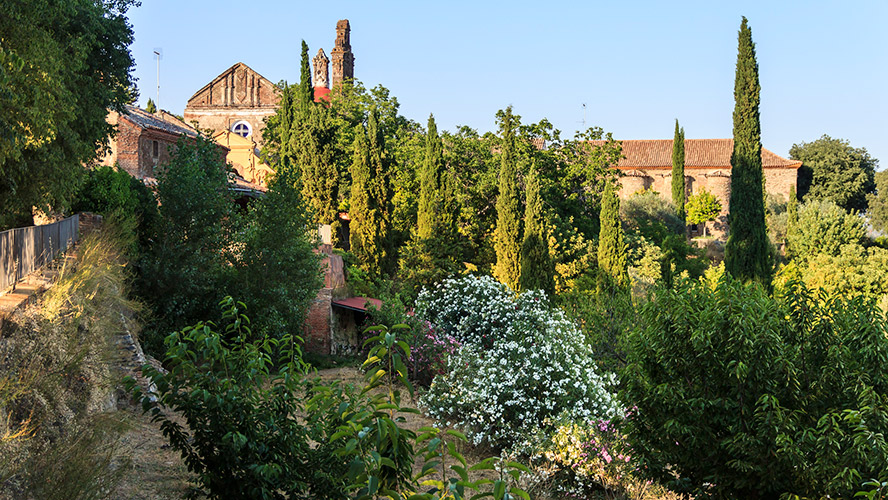
What to see in the area
Another one of the attractions of Huéznar waterfalls and the surrounding area are the different hiking routes that invite you to discover and enjoy this exceptional natural area in Seville province.
The Sierra Norte greenway is a great example of this. The greenway covers the old railway, spanning somewhat less than 20 kilometres, which has been remodelled so it can be covered by foot or by bike or even by wheelchair. With a very low level of difficulty, the route connected the Cazalla-Constantina railway station with the Cerro del Hierro natural monument, a spectacular landscape, like from another planet, caused by the mining work that took place since Roman times, situated very close to Huéznar waterfalls.
Other good options are:
- Las Dehesas path, which covers around 12.5 km of low-medium difficulty, beginning and ending in San Nicolás del Puerto and traversing its magnificent rural surroundings
- The Solana del Calvario trail, a linear route, of just under 2 km and low difficulty, which begins in the Nacimiento del Hueznar recreational area and ends at the San Nicolás artificial beach
- The Las Ermitas route, between San Diego hermitage, on the outskirts of San Nicolás del Puerto, and the San Juan, Las Angustias y Jesús Nazareno routes, all of them in Alanís: 14.2 km of low difficulty and dream landscapes
- The Molino del Corcho route, a low-difficulty path, between Cazalla de la Sierra and Constantina, which covers 6.5 km flanking the Rivera del Huéznar beneath a leafy gallery forest
- The Los Castañares trail, in Constantina, covering around 7 km with medium difficulty, through an exceptional chestnut forest with excellent views of the old Almoravid castle in the town
- And the Cerro del Hierro path itself, covering 6.5 km with rather high difficulty, which goes from San Nicolás to the old mining site that has been used since Roman times.
All of them are part of an extensive selection of fully-prepared trails (around 20) that run through the municipalities of the Sierra Norte de Sevilla Natural Park.
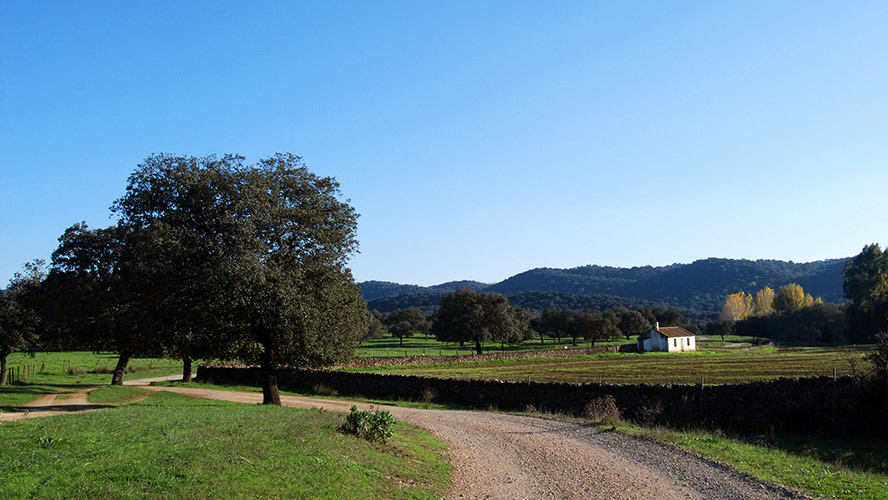
Trails for enjoying the nature
After an intense day in the middle of nature, there is nothing like a good night’s rest on the banks of the Guadalquivir, at the Barceló Sevilla Renacimiento. This five-star hotel, located on Cartuja island, offers modern attractive design as well everything needed for a perfect stay, from a magnificent outdoor swimming pool and lush gardens and terraces to carefully-selected gastronomy.
Also in the heart of the Andalusian capital, the hotel Occidental Sevilla Viapol is an excellent option to recharge your batteries after a visit to the Sierra Norte. This modern, bright four-star hotel, situated in the buzzing Nervión district, is the perfect base for both visiting the city and exploring its fascinating surroundings.

























































